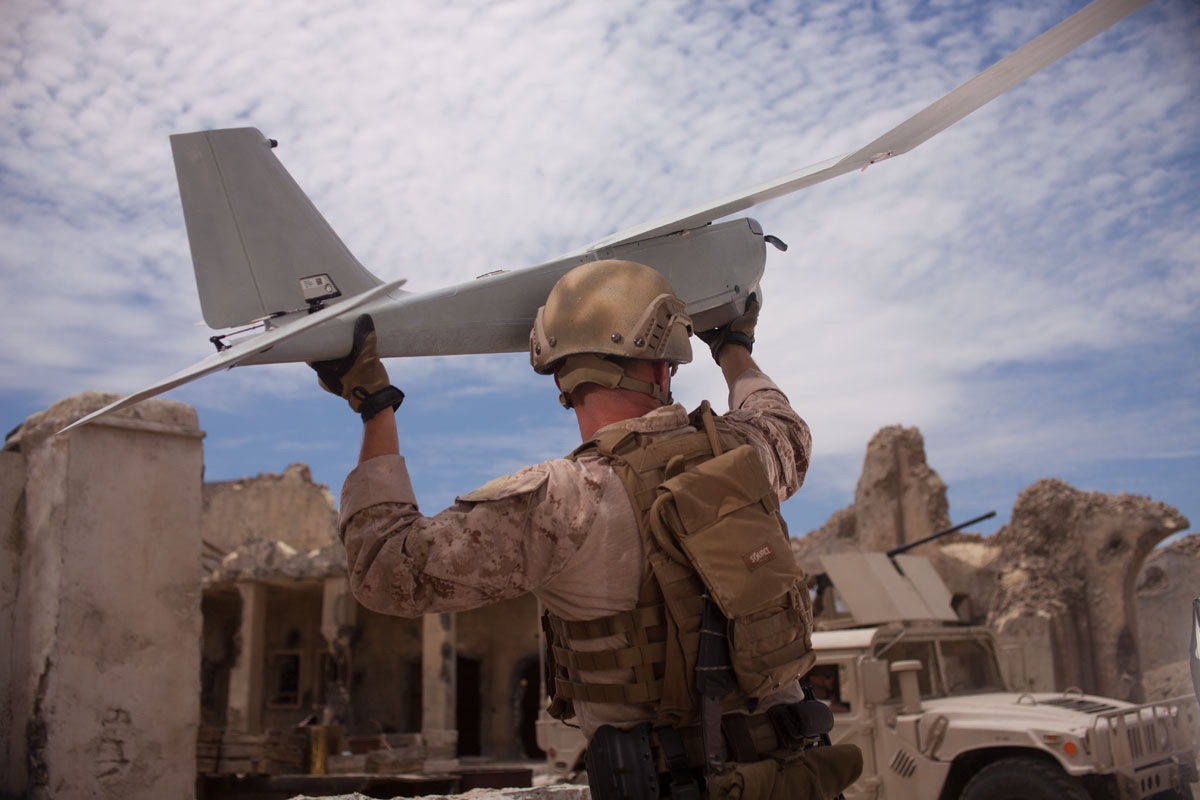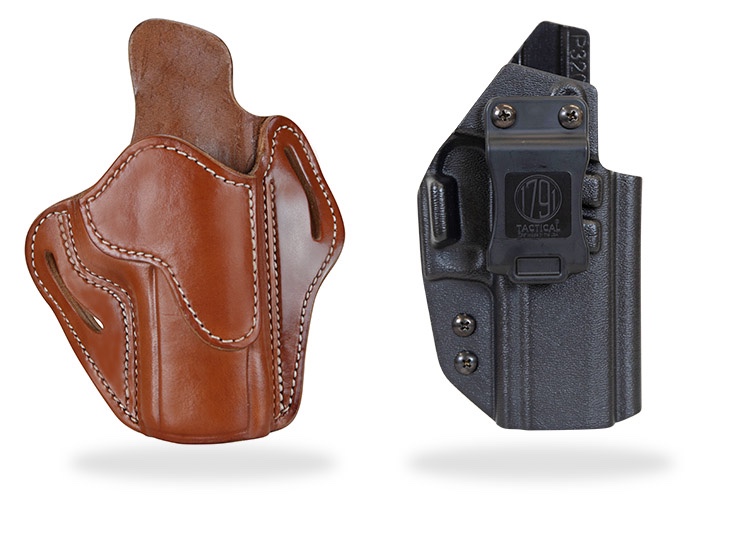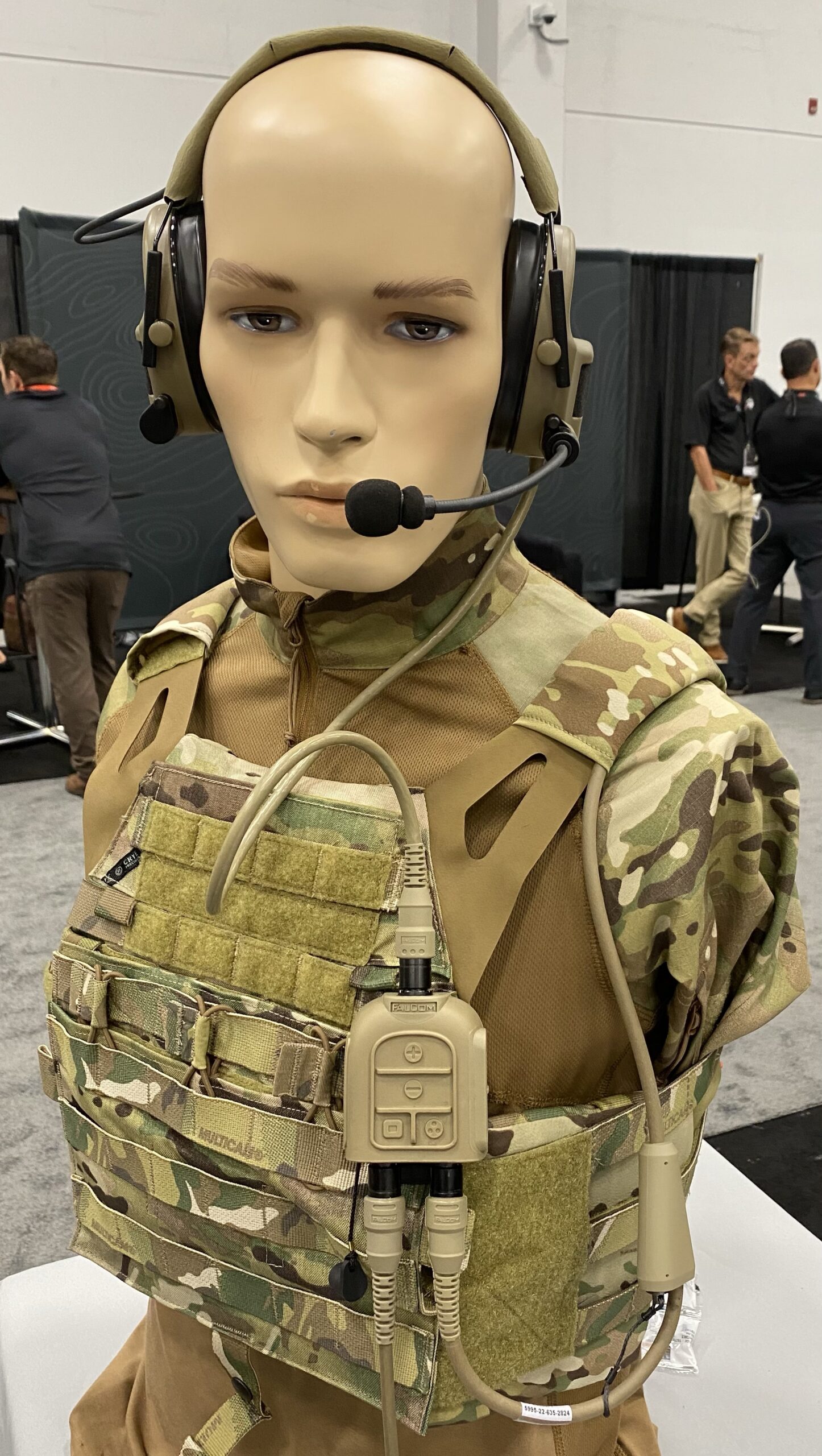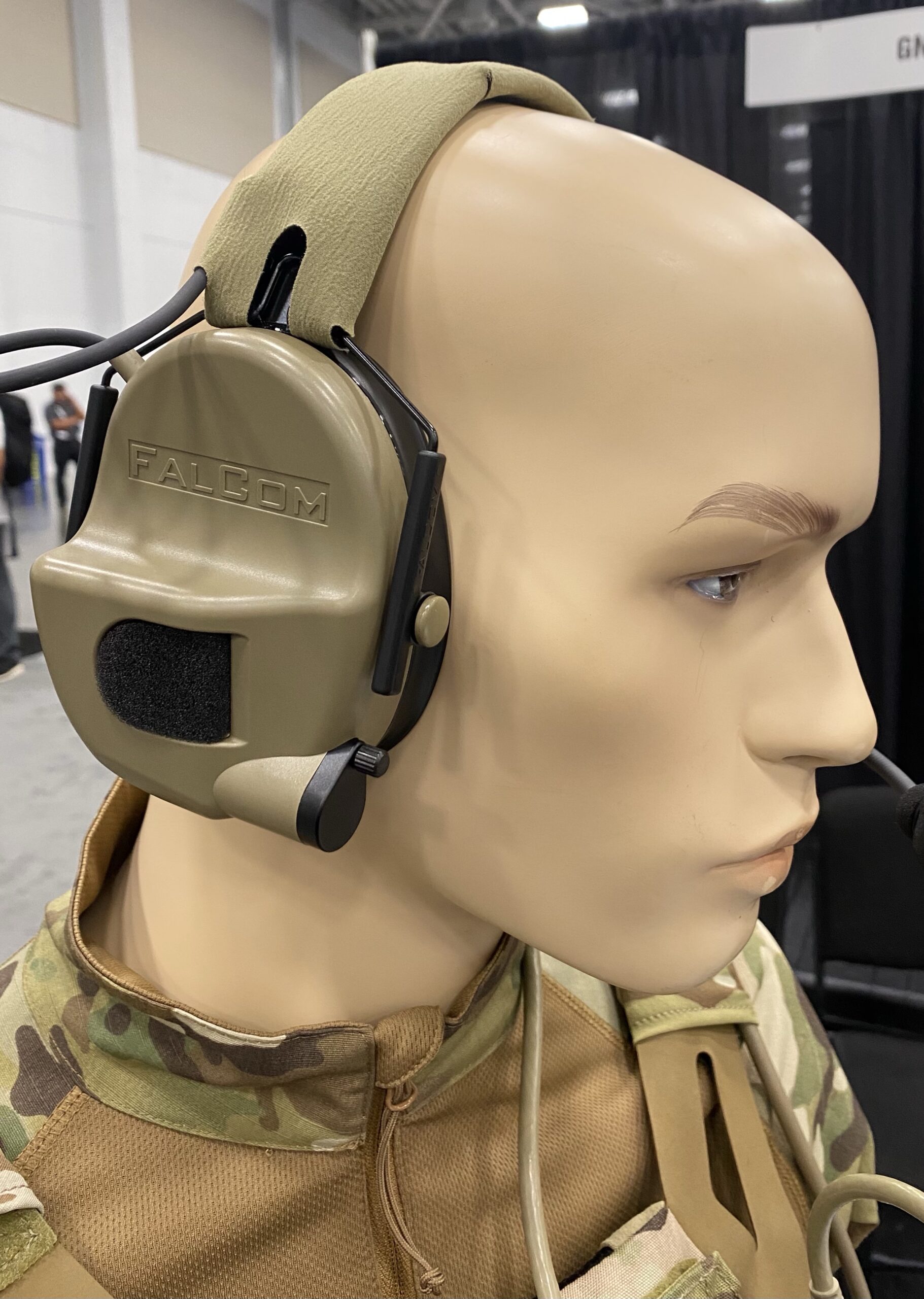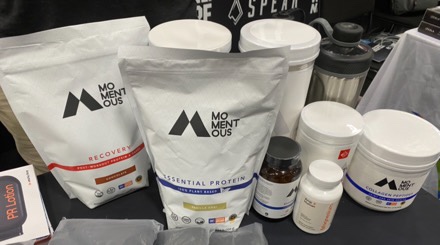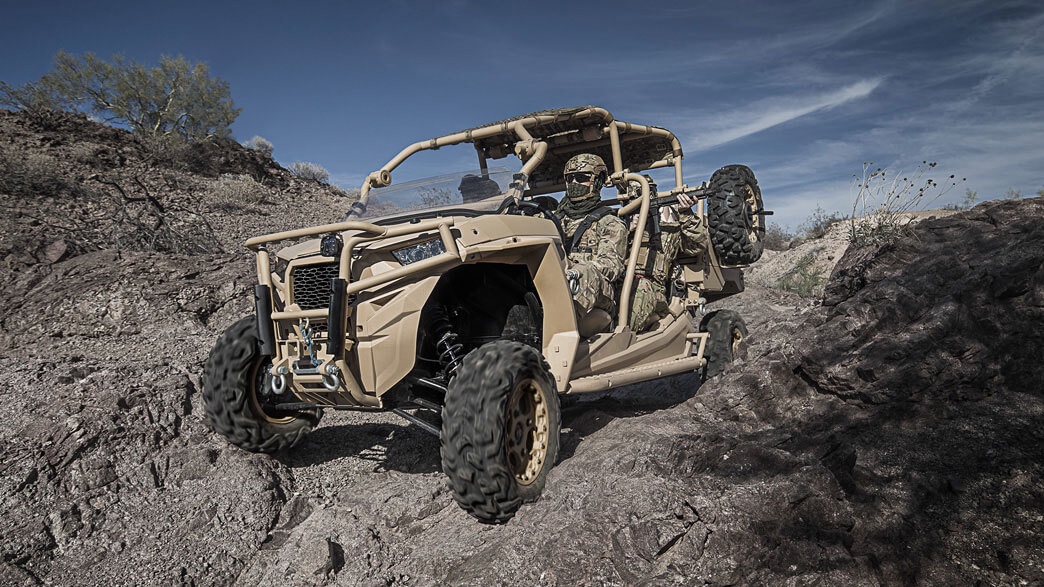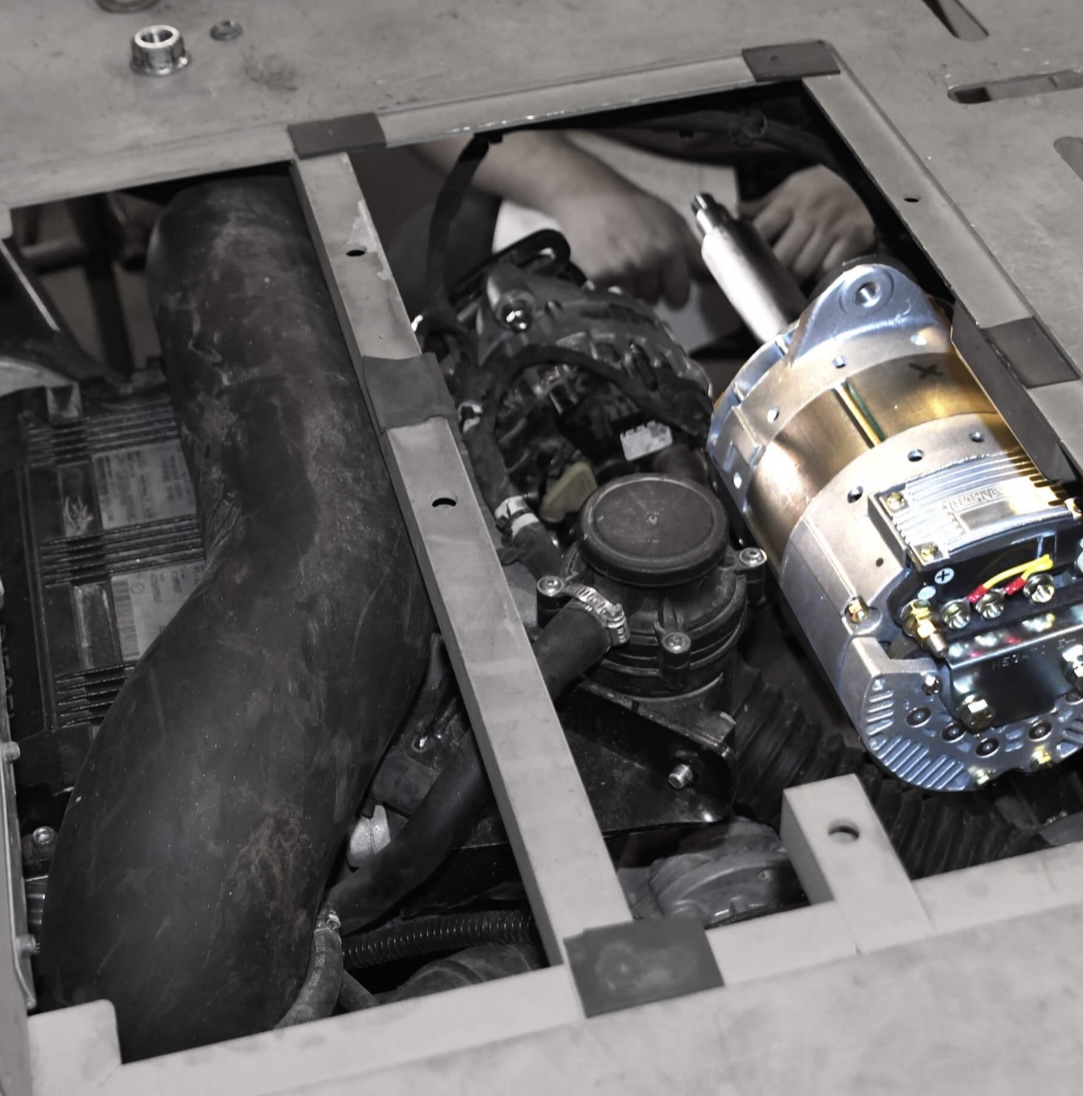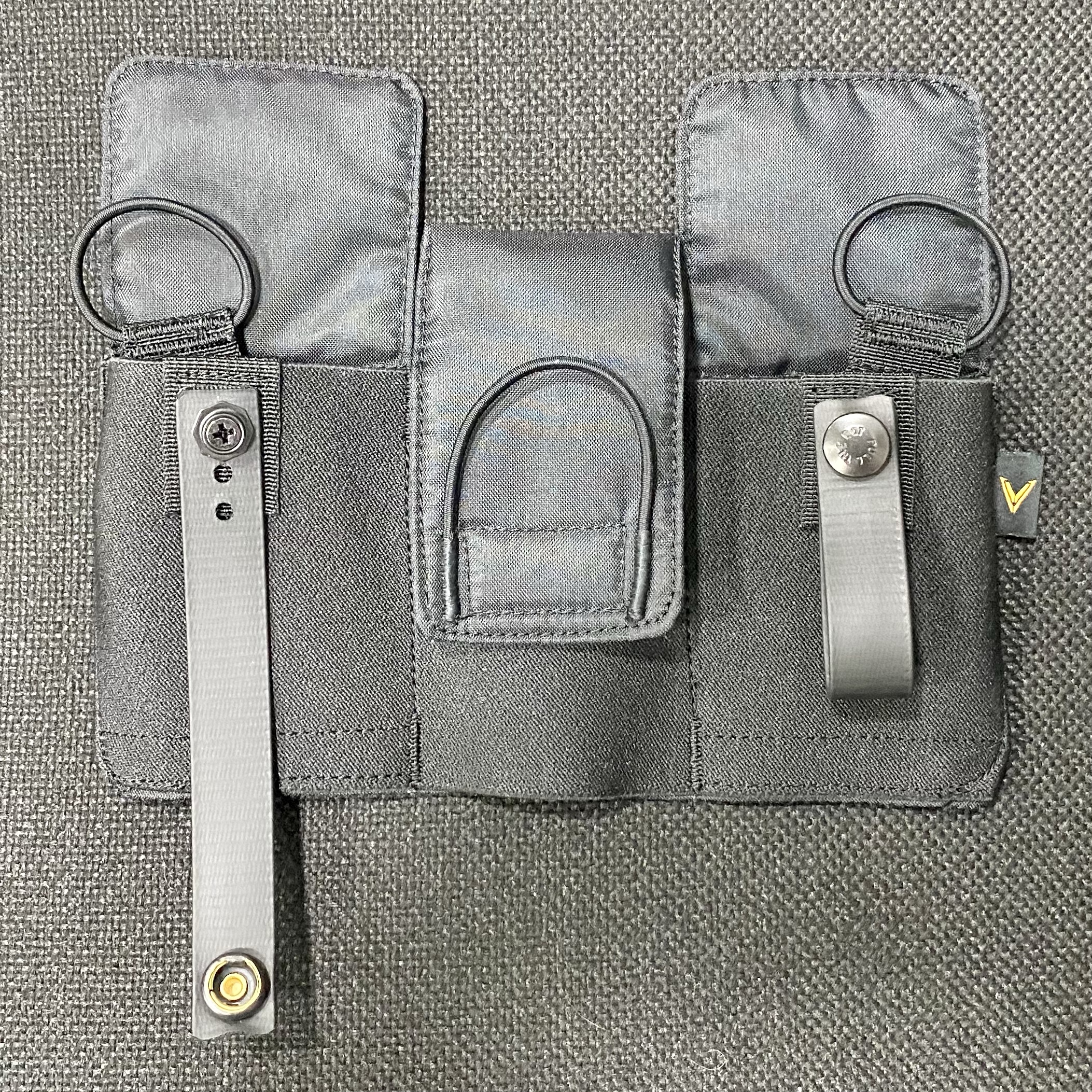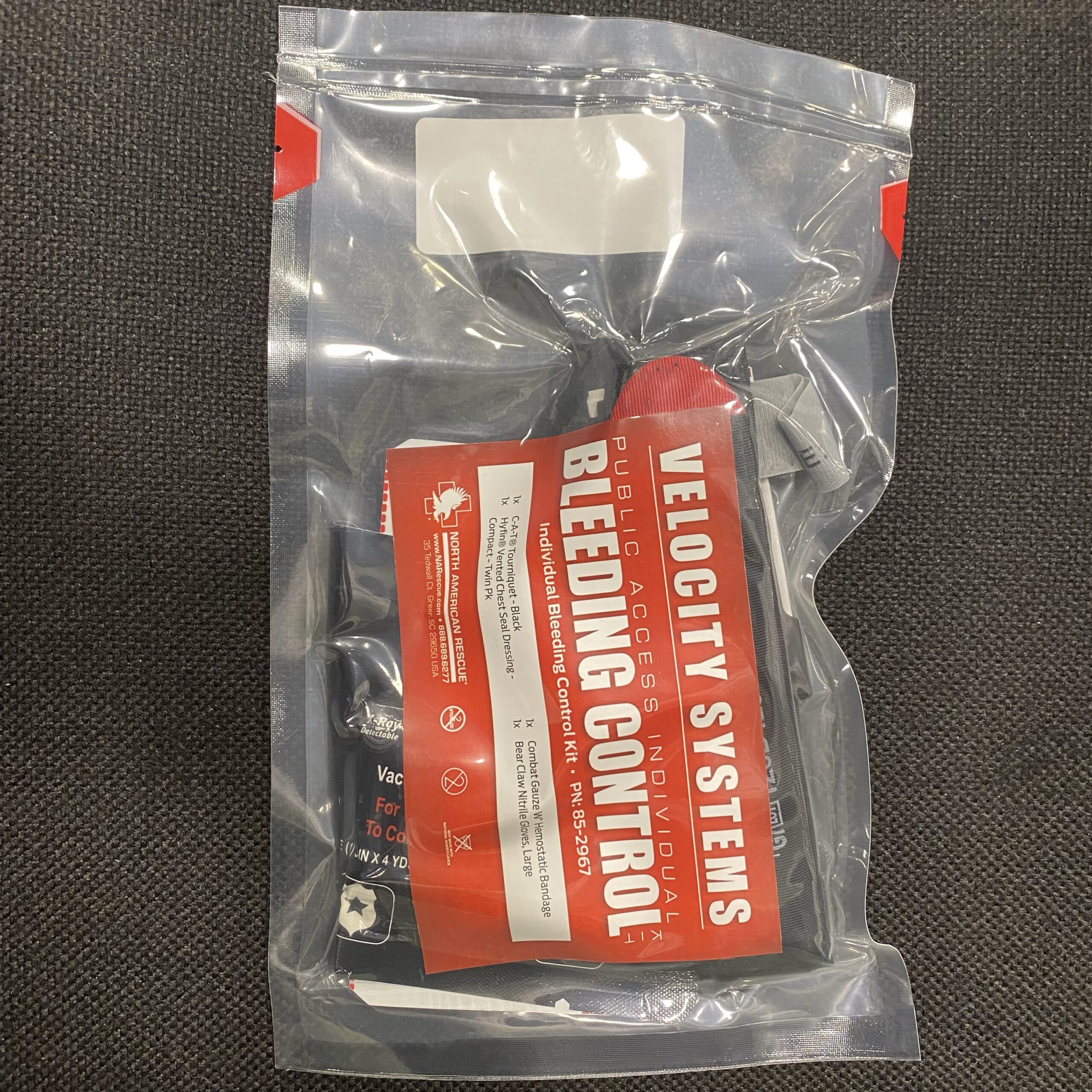New 2-channel radio provides multi-level security for voice and data communications in a small, compact form factor
Fairfax, Va – General Dynamics Mission Systems introduced the new Badger software-defined radio today at the Navy League’s Sea-Air-Space Symposium in National Harbor, Maryland. Produced at the company’s Scottsdale, Arizona facility, the Badger is a compact, 2-channel software-defined radio that provides Multiple Independent Levels of Security (MILS) for ship-to-ship and ship-to-shore voice and data communications. It is the only radio available that provides High Frequency (HF), Very High Frequency (VHF), Ultra High Frequency (UHF) and SATCOM Mobile User Objective System (MUOS) waveform capability. The integration of MUOS significantly enhances beyond line-of-sight, or satellite voice and data communications.
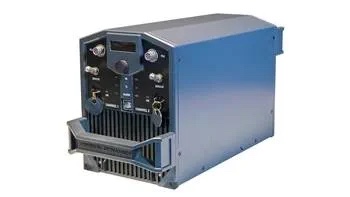
Badger’s software-defined, flexible open architecture enables future next-generation communications including waveforms, encryption algorithms and advanced network connectivity to be easily incorporated without redesign. Similar to a commercial smartphone, this approach simplifies the incorporation of new features and functions by enabling the radio to be upgraded in the field without having to take it out of service, resulting in significant time and cost savings. In addition, the Badger’s Voice over IP (VoIP) audio capability modernizes and simplifies platform audio distribution using network connectivity.
The Badger is based on the long history of General Dynamics’ Digital Modular Radio (DMR). With over 900 radios delivered, DMR provides secure communications aboard U.S. Navy surface and sub surface vessels, as well as fixed sites. At a quarter of the size of DMR, Badger provides the waveforms and flexibility of the DMR in a compact platform.
“The Badger was developed in collaboration with our customer to meet their requirements for smaller ships and platforms,“ said Stan Kordana, Vice President of Surface Systems at General Dynamics Mission Systems. Badger offers many of the same capabilities that have made DMR a communications standard for the U.S. Navy, in a much smaller form factor. The reduced size, weight and power make it ideal for smaller platforms across multiple domains that only require two channels, and at the same time simplifies logistics and reduces costs.”
The Badger has programmable embedded NSA certified Type 1 encryption that secures communications and simplifies the system architecture. It has MILS capability which enables it to communicate simultaneously at multiple levels of security, on each of the radio’s two channels.
For additional information or to purchase a Badger, please visit www.gdmissionsystems.com/Badger.
General Dynamics Mission Systems, a business unit of General Dynamics (NYSE: GD), provides mission-critical solutions to defense, intelligence and cyber-security customers across all domains. Headquartered in Fairfax, Virginia, General Dynamics Mission Systems employs more than 12,000 people worldwide. For more information about General Dynamics Mission Systems’ broad portfolio of capabilities, visit gdmissionsystems.com or follow @GDMS on Twitter.


